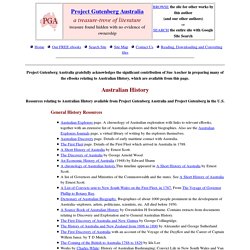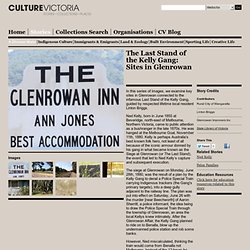

SBS - Multimedia. The Luckiest Refugees. It was the greatest maritime exodus in modern history.

Following South Vietnam's surrender to the communist North in 1975, more than 1 million people fled the country. Their only escape route lay across the unforgiving expanse of the South China Sea. Over the next decade an immense tragedy played out in slow motion, largely unseen by the world. About 300,000 people perished, claimed by treacherous seas, savage attacks by pirates or exposure to the elements, some after being rejected at gunpoint from neighbouring countries where they sought sanctuary.
But amid the chaos and grief emerged some extraordinary tales of resilience and spectacular good luck that defied any odds. We felt we were the luckiest refugees among the million people who escaped the regime.Stephen Nguyen, MG99 group leader This is the story of a one-in-a-million encounter on the South China Sea, where unlikely saviours and the saved became friends, forging a bond that endures to this day. Escape The miracle Welcome aboard. Australian History. Home Search Site Contact Us Site Map Our FREE ebooks Help to download and convert files on this site Project Gutenberg Australia gratefully acknowledges the significant contribution of Sue Asscher in preparing many of the eBooks relating to Australian History, which are available from this page.

Australian History Resources relating to Australian History available from Project Gutenberg Australia and Project Gutenberg in the U.S. Links to other sites covering Australian History John White, surgeon on the First Fleet to sail to Australia, in 1787-88. The first authenticated discovery of Australia was by William Jansz in 1606.
The convicts were put on board the ships of the First Fleet in March 1787 and arrived at Sydney Cove on 26 January, 1788--the day now commemorated as "Australia Day". Another account, "Journal of a Voyage to New South Wales", by John Wright, Surgeon-General to the Settlement, was first published in 1790. Quite a recommendation! Western Australian Museum.
Australian History Timeline. Australia's Prime Ministers. Australian Maritime Museum. The Last Stand of the Kelly Gang: Sites in Glenrowan. In this series of images, we examine key sites in Glenrowan connected to the infamous Last Stand of the Kelly Gang, guided by respected lifetime local resident Linton Briggs.

Ned Kelly, born in June 1855 at Beveridge, north-east of Melbourne, Northern Victoria, came to public attention as a bushranger in the late 1870s. He was hanged at the Melbourne Goal, November 11th, 1880. Kelly is perhaps Australia’s best known folk hero, not least of all because of the iconic armour donned by his gang in what became known as the Siege at Glenrowan (or The Last Stand), the event that led to Ned Kelly’s capture and subsequent execution. The siege at Glenrowan on Monday, June 28th, 1880, was the result of a plan by the Kelly Gang to derail a Police Special Train carrying Indigenous trackers (the Gang's primary targets), into a deep gully adjacent to the railway line. However, Ned miscalculated, thinking the train would come from Benalla not Melbourne. Immigration Nation. SBS - Multimedia. The Luckiest Refugees.
Australian History.